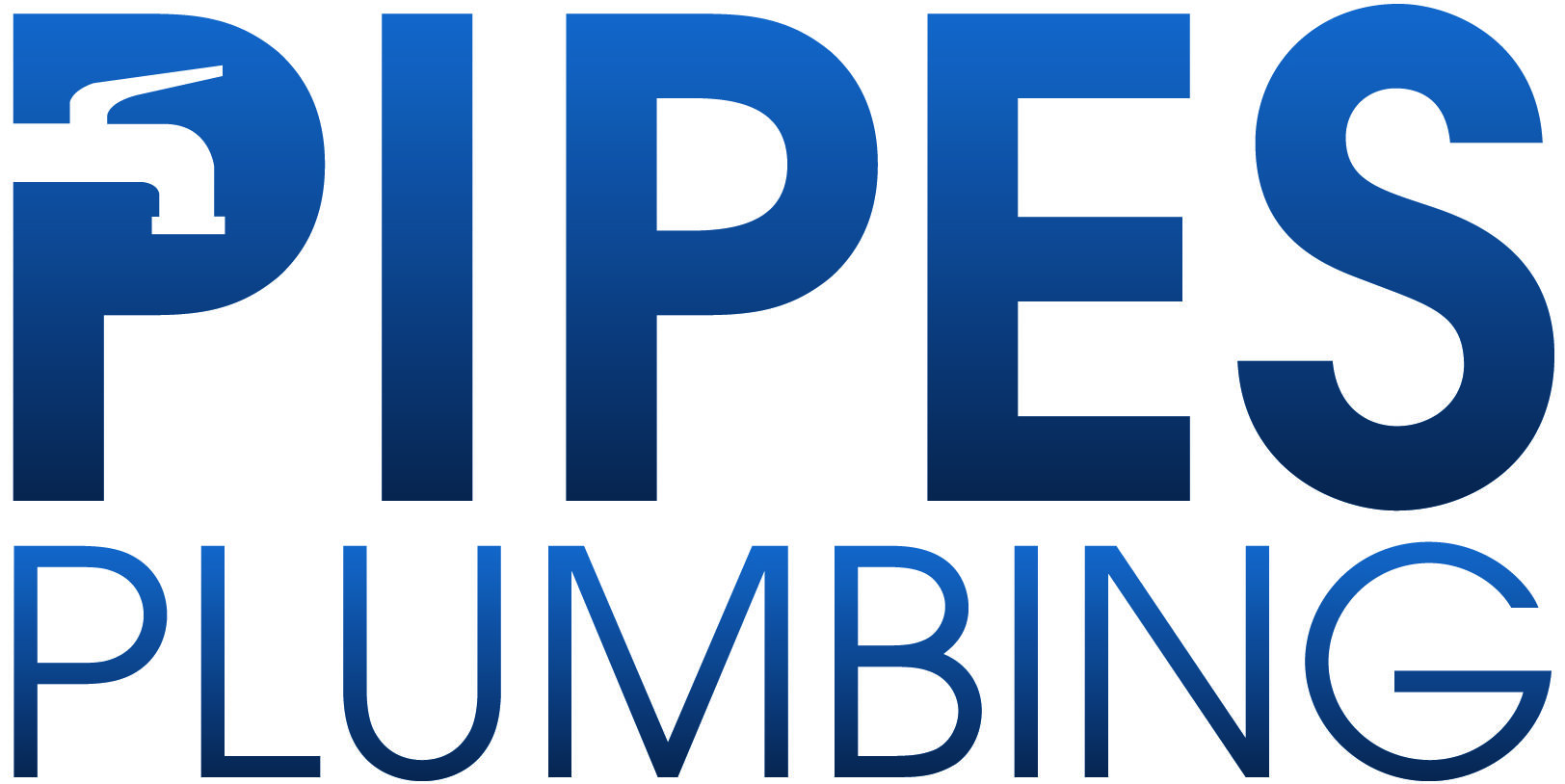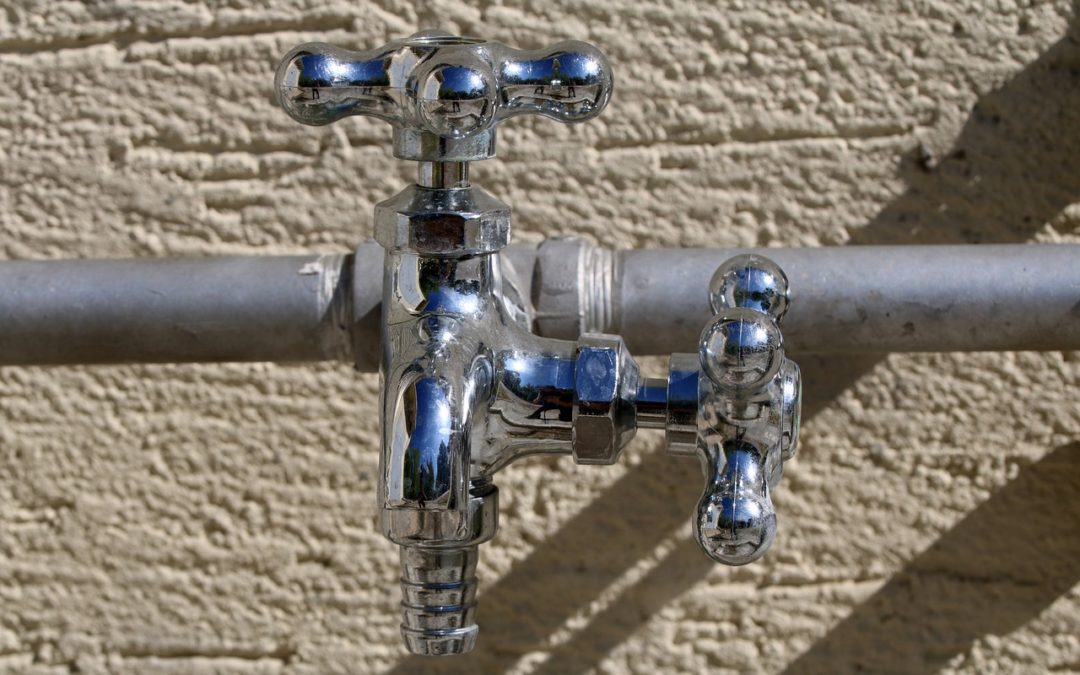As winter approaches, one important step we often advise homeowners about is preparing their outdoor plumbing adequately to withstand the freezing temperatures. Installing a frost free hose bib is a smart move to ensure that your outdoor water sources remain functional and free from ice damage during the coldest months. But what exactly is a frost free hose bib and why is it such a crucial fixture for homes in colder regions?
A frost free hose bib, also known as a sillcock or outdoor faucet, is designed to prevent water from freezing in the pipe extending into your home, which in turn prevents the pipe from bursting—a common and costly problem in the winter. This type of hose bib features a special design where the actual valve mechanism is located inside your home, insulated from the freezing temperatures. When you turn the hose bib on, water travels from the warm interior of your home and only reaches the cold exterior as it exits, thereby minimizing the chances of freezing.
What Is a Frost Free Hose Bib and How Does It Work?
A frost free hose bib is a specialized outdoor faucet designed to prevent water from freezing in the pipe and causing it to burst. This technology is particularly advantageous in cold climates where temperatures frequently dip below freezing. The mechanism that makes the frost free hose bib effective lies in its construction. Unlike standard hose bibs, the critical functioning parts of a frost free hose bib—the valve and the water line—are situated inside the insulated part of your home. This setup ensures that when the hose bib is turned off, water does not remain in the portion of the pipe that could be exposed to freezing temperatures, which typically extends through an exterior wall.
The faucet operates with a long stem that connects the handle on the outside to the valve inside your home, typically 10-12 inches away from the exterior wall. When you turn the handle to open the valve, water flows through this stem from the warmer interior to the outer spout. As soon as it’s turned off, any remaining water in the stem recedes back into the house, where it won’t freeze. This effective mechanism simplifies winterization of your plumbing by eliminating the need for draining external lines or insulating faucet covers.
Key Benefits of Installing a Frost Free Hose Bib
Installing a frost free hose bib offers numerous advantages that extend beyond just preventing a burst pipe. Here are a few key benefits that make it a worthwhile addition to any home:
- Protection Against Water Damage: By preventing your pipes from bursting due to freeze thaw cycles, a frost free hose bib ultimately protects your home from costly and inconvenient water damage. This is particularly important in areas prone to abrupt temperature drops.
- Convenience During Cold Months: With a frost free hose bib, you have the ability to use your outdoor water supply year-round without the hassle of seasonal disconnections and reconnections. Whether you need to wash your car, water your garden during a warm spell, or fill a pet’s water bowl, you can do so with ease.
- Increased Home Value: Homes equipped with frost free hose bibs often appeal more to prospective buyers, especially in areas with harsher winters. This simple upgrade not only improves the functionality and safety of your home but can also enhance its market value.
- Long-term Cost Savings: Although the initial investment might be higher compared to standard hose bibs, the long-term savings are substantial. By mitigating the risk of water damage from burst pipes, you save on potential repair costs, which can be significant.
By understanding how a frost free hose bib works and recognizing its benefits, homeowners can make an informed decision about installing one in their property. Not only does it offer practical advantages during the frosty months, but it also contributes to the overall safety and efficiency of your home’s plumbing system year-round.
Step-by-Step Guide on Installing a Frost Free Hose Bib
Installing a frost free hose bib might seem daunting, but with the right tools and guidance, it can be a straightforward DIY project that saves you from potential trouble during the harsh winter months. Here’s how we can guide you through the installation process:
- First, determine the location for your new hose bib. It’s important to position it near an existing water line to simplify the connection process.
- Turn off the main water supply to your house to prevent any water flow while you are working.
- Next, select the appropriate size of frost free hose bib for your home. It should be long enough to extend through the wall from the inside to the outside.
- Drill a hole through your home’s exterior wall where the hose bib will be installed. Ensure the hole aligns perfectly with where the internal water line is located.
- Apply some silicone sealant around the edges of the hole to prevent water damage and insert the frost free hose bib.
- Inside your home, connect the internal water line to the back of the hose bib. It’s essential to ensure this connection is tight and secure to prevent leaks.
- Attach the handle and any external fixtures.
- Turn back on the main water supply and check for any leaks. Make any necessary adjustments.
Important Maintenance Tips for Your Frost Free Hose Bib
Maintaining a frost free hose bib is crucial to ensure its longevity and optimal performance. Here are some maintenance tips that we recommend:
- Regularly check for leaks, especially at the start and end of the winter season. Even a small drip can indicate a potential problem.
- After winter, open the valve and let some water run to ensure that any residual water that might have been trapped inside is flushed out. This practice also helps in checking if any part of the water path is blocked.
- Once a year, unscrew and remove the valve stem to inspect it for wear and tear. Replace it if necessary.
- Keep the area around the hose bib clear of snow and ice during winter to prevent any freezing buildup that might put extra pressure on the plumbing.
Conclusion
As our homes prepare for the winter, ensuring all aspects of our plumbing are in top condition is critical. A frost free hose bib is a crucial component that not only prevents costly repairs but also enhances our home’s functionality during the colder months.
If you’re thinking about installing a frost free hose bib or need any plumbing services in Ottawa, remember, our team at Pipes Plumbing is here to help. We offer expert advice and high-quality service to ensure your home is well-prepared for winter. Contact us today to learn how we can assist with your plumbing needs and ensure your home is safe and comfortable no matter the season.

